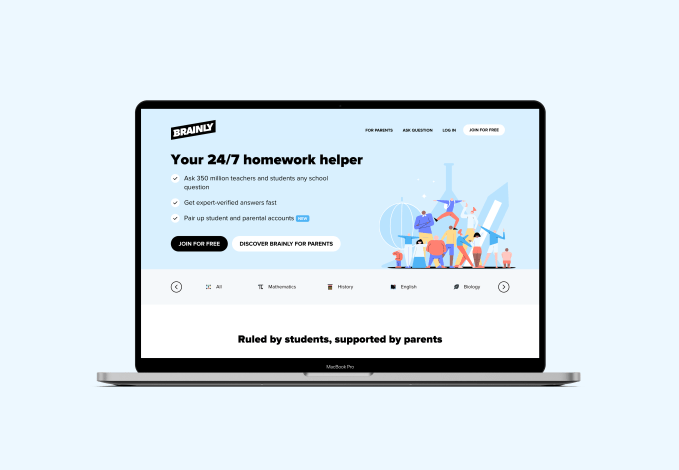News: Cloudflare launches Cloudflare Pages, a platform to deploy and host JAMstack sites
Cloudflare is launching a new product today called Cloudflare Pages. It competes directly with Netlify or Vercel, two cloud hosting companies that let you build and deploy sites using JAMstack frameworks. Popular JAMstack frameworks include Gatsby, Jekyll, Hugo, Vue.js, Next.js, etc. If that announcement sounds familiar, that’s because reverse engineer Jane Manchun Wong, leaked details
Cloudflare is launching a new product today called Cloudflare Pages. It competes directly with Netlify or Vercel, two cloud hosting companies that let you build and deploy sites using JAMstack frameworks. Popular JAMstack frameworks include Gatsby, Jekyll, Hugo, Vue.js, Next.js, etc.
If that announcement sounds familiar, that’s because reverse engineer Jane Manchun Wong, leaked details about the upcoming product by looking into Cloudflare’s code. I covered the leak a couple of weeks ago.
“You saw Jane’s tweet and she sort of spilled the beans a little early, which I thought was kinda awesome,” Cloudflare co-founder and CEO Matthew Prince told me.
But now, Cloudflare Pages is live for real. It integrates seamlessly with a Git repository and existing JAMstack frameworks. When you push a new version of your site to your Git repository, Cloudflare automatically starts building and deploying your site on its network.
If you’re not familiar with JAMstack, it’s a popular way of developing and deploying websites at scale. It lets you take advantage of global edge networks with a focus on performance.
A JAMstack framework lets you decouple the frontend from the backend of your website. Every time you change something to your site, the entire frontend is prebuilt. Your pages are transformed into optimized static pages that can be hosted and cached on a global edge network. This way, pages are served in a few milliseconds across the world.
JAMstack websites don’t have to be 100% static. You can use APIs from popular API-based services, such as Stripe. Payment modules are loaded directly from Stripe’s server when the page is rendered in your web browser. You can also build your own microservices that are loaded on demand and that can scale easily.
Coming back to Cloudflare Pages, it integrates with GitHub and GitLab repositories if you’re hosting your source code on those platforms. Once you your site is configured, you can preview each commit from Cloudflare’s interface — each commit gets its own unique URL and there’s a preview environment.
You can collaborate with other Cloudflare users by inviting them to your Pages project. When your site looks good in the preview branch, you can push it to the production branch.
Cloudflare started working on Pages when people who don’t consider themselves as devops wanted to use Cloudflare. “People on the creative side told us, ‘hey are you interested in building a website builder?’” Prince said. He identified Wix and Squarespace as website builders.
At the same time, Cloudflare noticed that JAMstack was getting quite popular. “A lot of Netlify and Vercel customers actually put Cloudflare in front of their Netlify or Vercel sites,” he added. That doesn’t really make sense when it comes to cost and performance as you’re stacking multiple CDNs.
As Cloudflare already has a huge network of servers around the world, it doesn’t cost them that much money to host JAMstack websites on its edge network — it’s cheaper than caching content hosted by Netlify. That’s why there’s a generous free tier with unlimited bandwidth and unlimited requests.
“We timed the release intentionally to be this time of the year. We really wanted to give a gift back to the developer community,” Prince said.
The company expects to get a lot of attention with today’s release. It’s going to add a thousand people to the service per day up until January. After that, it’ll open the service to everyone.
Cloudflare thinks you’ll choose Pages for JAMstack projects because of the free tier and its robust infrastructure. But the company also expects users to try out other Cloudflare services down the road.
For instance, if you want to go beyond static websites, Cloudflare offers a serverless platform called Cloudflare Workers. You can deploy some code on Workers and use it in your Pages site. With Workers KV and Durable Objects, you can go beyond stateless functions as well.
Similarly, as you start using Pages, you might be interesting Cloudflare’s advanced security features and other Cloudflare products. The company has always been betting on the long tail of developers to find its next customers, and Pages is another example of that strategy.






